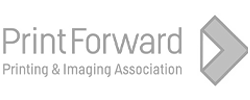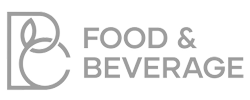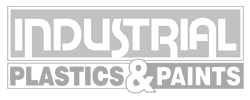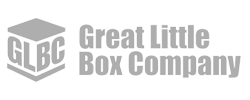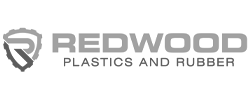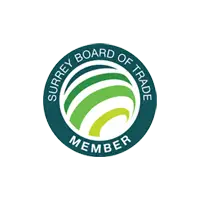Workplace Communication
"This course is part of a comprehensive program. Please contact us for more information."
Contact UsCourse Description
Communication in the workplace isn’t that different from communication at home. However, you’re more likely to encounter individuals who are different from you, and being respectful of each person is more important than ever for effective communication.
Course Details
Learning Objectives
By the end of this course, you will be able to
- Understand how to communicate across cultures
- Understand how to communicate across generations
- Describe how to establish rapport
- List ways to communicate effectively in a group
- Describe how to address mistakes and difficult issues
- Understand how to offer a sincere apology
- Describe how to deal with a defensive person
Preparing you for success
The Northwest Skills Institute is an industry focused training organization.
Our programs are geared specifically for industry, making students more qualified and READY FOR WORK.









